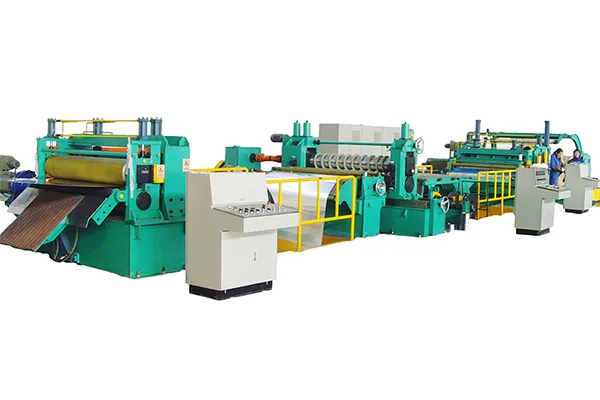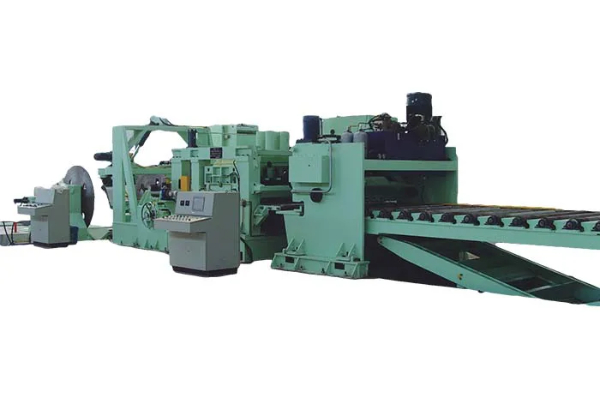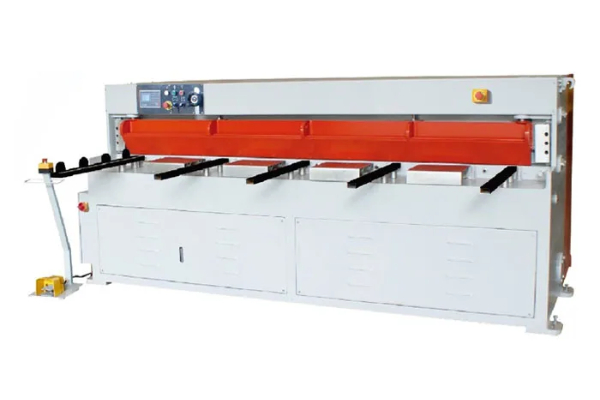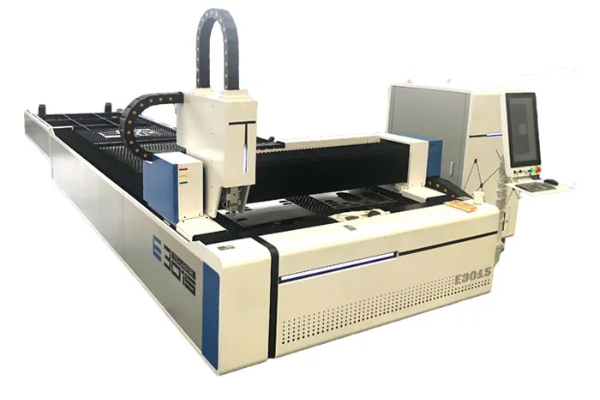
Comparing Manual vs. Automated Cutting Sheet Machines
- By:Metmac
- 2024-06-18
- 170
In the realm of sheet metal fabrication, cutting sheet metal plays a pivotal role in shaping raw materials into desired forms. Two distinct methods prevail in this process: manual cutting and automated cutting using specialized cutting sheet machines. This article explores the intricacies of both approaches, examining their advantages and disadvantages to guide manufacturers in making informed decisions.
Precision and Accuracy
Manual Cutting: Manual cutting relies on the precision of the operator’s skills and experience. While skilled operators can achieve high levels of accuracy, human error remains a factor, leading to potential variations in cut quality.
Automated Cutting: Automated cutting sheet machines employ computer-controlled systems and sophisticated software algorithms. This eliminates the risk of human error, resulting in exceptional precision and accuracy in cutting operations.
Efficiency and Productivity
Manual Cutting: Manual cutting is a labor-intensive process that requires significant time and effort. The pace of production is ultimately limited by the speed and endurance of the operator.
Automated Cutting: Automated cutting sheet machines operate at significantly higher speeds, leveraging specialized tools and optimized cutting paths. This automation drastically reduces production time, boosting overall efficiency and productivity.
Cost Considerations
Manual Cutting: Manual cutting requires investment in skilled labor, training, and consumables such as cutting knives and blades. These ongoing expenses contribute to the overall cost of operations.
Automated Cutting: Automated cutting sheet machines represent a significant upfront investment, but they offer substantial cost savings in the long run. Reduced labor costs, increased productivity, and lower material waste contribute to improved return on investment.
Flexibility and Versatility
Manual Cutting: Manual cutting offers flexibility in handling non-standard or complex shapes. Operators can manually adjust cutting parameters and tools to accommodate various requirements.
Automated Cutting: Automated cutting sheet machines typically excel in repetitive, high-volume production of standard parts. They are not as flexible in accommodating non-standard shapes or changes in cutting parameters.
Quality Control
Manual Cutting: Manual cutting relies heavily on the operator’s expertise to maintain consistent cut quality. Variations in cutting techniques and tool maintenance can impact the overall quality of cut edges.
Automated Cutting: Automated cutting sheet machines provide consistent and repeatable cut quality through programmed settings and automated error detection systems. This ensures a high level of quality control throughout the production process.
Conclusion
The choice between manual and automated cutting sheet machines hinges upon the specific needs and requirements of fabrication operations. Manual cutting offers flexibility and skilled precision, while automated cutting excels in efficiency, productivity, and consistent quality control. By carefully considering the factors discussed above, manufacturers can optimize their cutting processes and achieve desired outcomes, empowering them to stay competitive and successful in the sheet metal fabrication industry.
-
High-Precision Solutions from Leading Sheet Metal Cutting Machine Manufacturers
2025/09/11 -
Reliable Sheet Metal Equipment for Sale to Support Precision Fabrication
2025/07/17 -
Advanced Duct Machine AC and Fabrication Solutions from Metmac
2025/07/12 -
The Advantages of Using a Sheet Roll Forming Machine in Manufacturing
2024/09/14
-
Precision Sheet Metal Cutting and Processing Machines for Modern Manufacturing
2025/09/25 -
Advanced Sheet Metal Processing Machines for Industrial Applications
2025/09/25 -
High-Precision Sheet Metal Cutting Machines for Modern Manufacturing
2025/09/25 -
Efficient Sheet Metal Working Machines for Modern Manufacturing
2025/09/17
-
Integrating Automation with Rectangular Duct Machines for Enhanced Productivity
2024/05/11 -
Metal Shear Machines- Essential Tools for Precision Metal Cutting
2024/05/11 -
Understanding the Role and Function of Steel Strip Slitting Machines
2024/05/11 -
Maintenance Tips for Longevity of HVAC Duct Machines
2024/05/11
-
A Guide to the Latest Innovations in Sheet Metal Folding Machines
2024/11/29 -
Key Features to Consider When Investing in a Sheet Metal Folding Machine
2024/11/28 -
Enhancing Precision with Advanced Sheet Metal Folding Machines
2024/11/27 -
How to Choose the Right Sheet Metal Folding Machine for Your Workshop
2024/11/26





